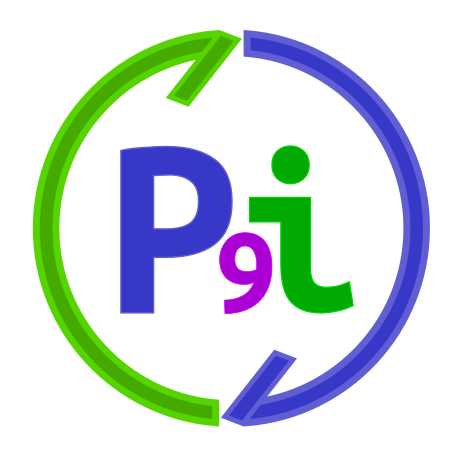Advantages of writing documentation for code
Code that executes correctly and provides only limited value to the business can still be a huge maintenance burden.
Code is very rarely written to include why is was added, what is the purpose of this code.
Dismiss the value of adding documentation that describes the why of the code significantly increases the cost of maintaining and extending that code. Skipping documentation adds to the engineering debt of any solution (even when the intention is to re-write that code).





 AWS Free Tier
AWS Free Tier
